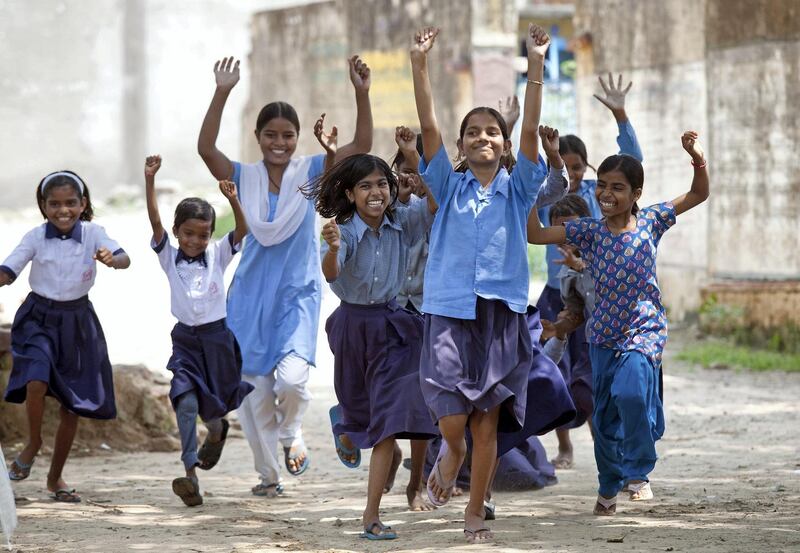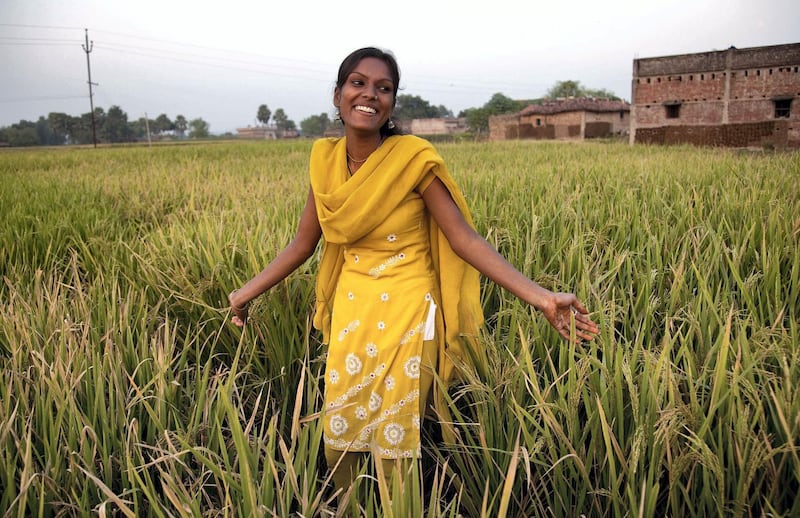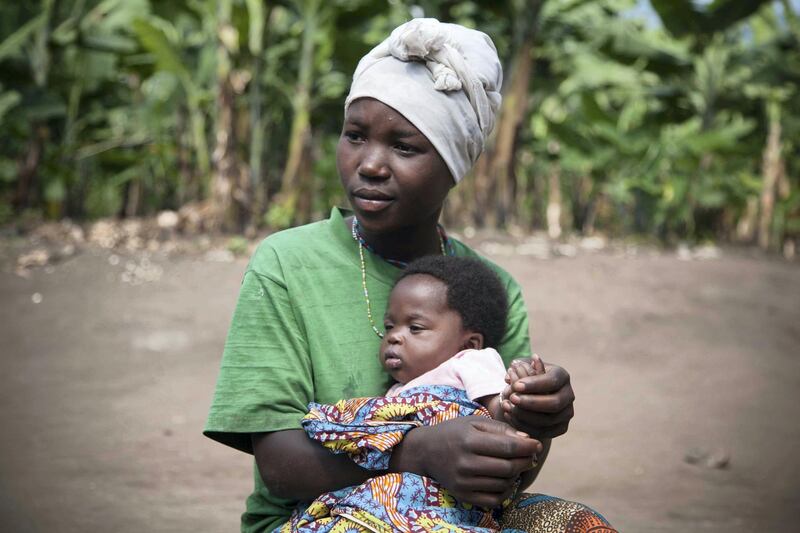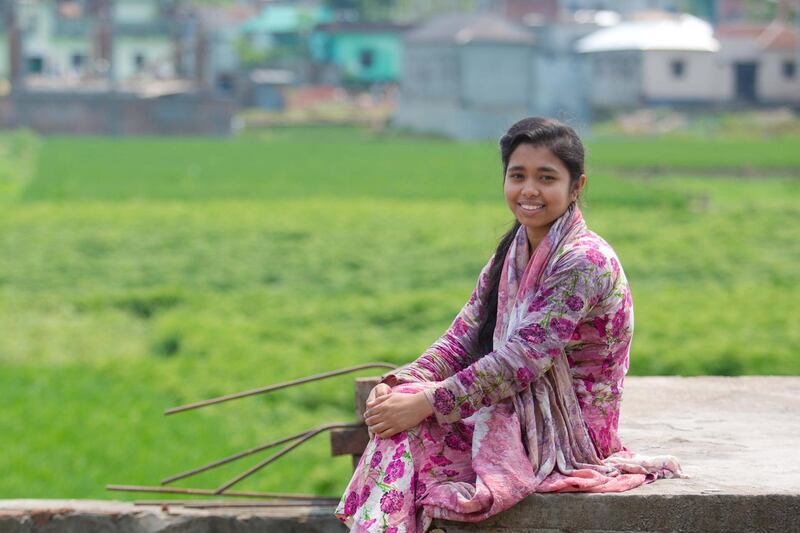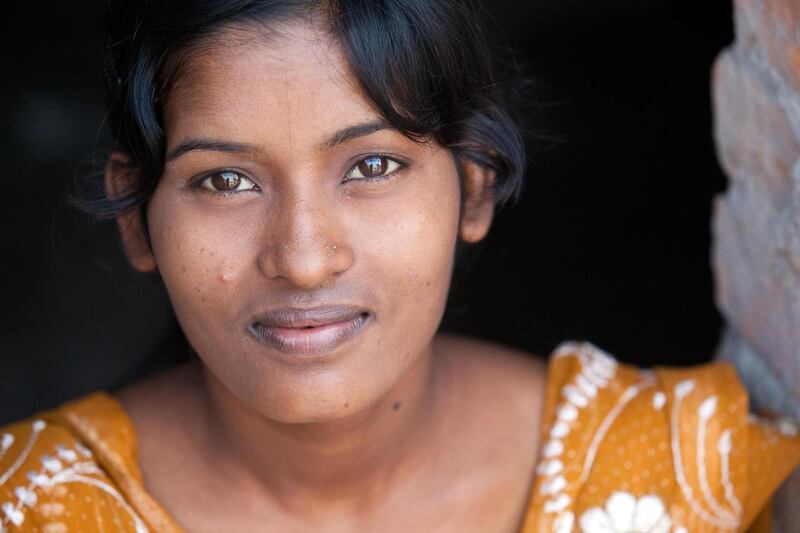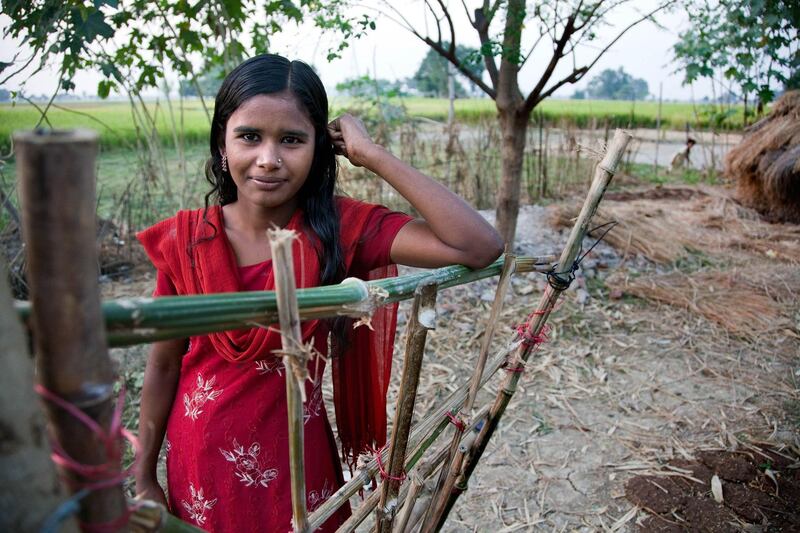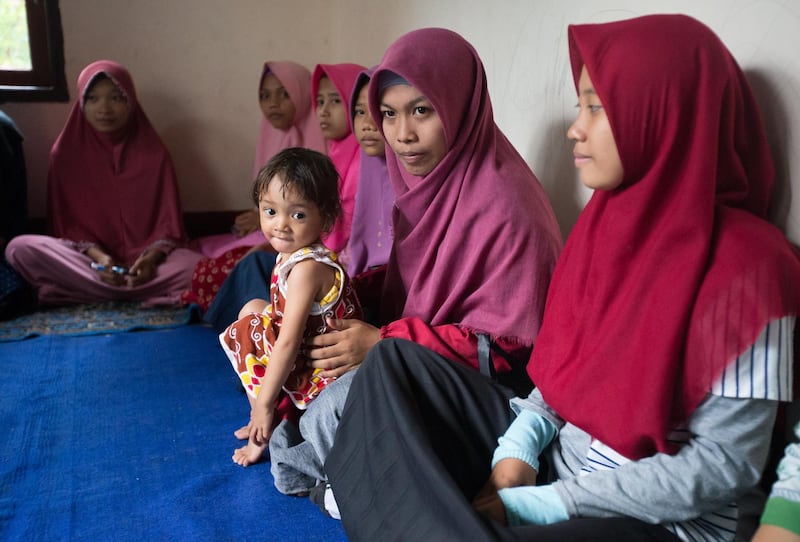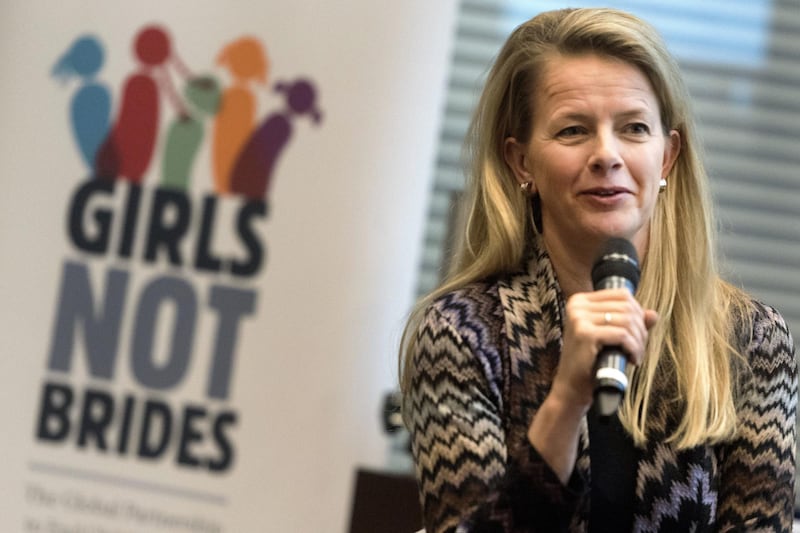A few years ago, Mabel van Oranje was in north-east Ethiopia, speaking to a group of young girls. The girls were not chatting about the sorts of things they should be talking about at their age – school, perhaps, or friends and pets. Instead, the conversation was about marriage. Van Oranje asked the girl next to her how old she was. "I don't really know because I don't have a birth certificate," she replied. "But I must have been married when I was aged between five and six."
Van Oranje nearly fainted. “At that time, my daughters were five and six and I realised that if they had had the bad luck to be born there, they might have been married as well,” she says.
“There is something fundamentally wrong when the lottery of life dictates who has the chance of a prosperous future and who ends up in a child marriage. Geography should not define destiny.”
Girls Not Brides
Since co-founding Girls Not Brides in 2011, a global partnership comprising more than 1,000 organisations across 95 countries, van Oranje has encountered innumerable similar stories. There was Gulan, an 11-year-old Afghan girl who had her photograph taken as she sat next to her 40-year-old husband on their wedding day – the first time they had met. And there was also the story of a 12-year-old girl in Namibia who was excelling at school, until she was forced into an abusive marriage after she was raped by a boy in her village and became pregnant.
Van Oranje, the widow of Prince Friso, brother of King Willem-Alexander of the Netherlands, explains how the distressing process of child marriage often unfolds. "The girl comes home from school one day and her parents say, 'From tomorrow, you are no longer going to school.' The girl then has to live with strangers, and the husband is older," she says. "The girl basically becomes a slave for her in-laws, a victim of domestic abuse. And her biggest value is her fertility, so she becomes a baby machine."
One girl every three seconds
Gulan is only one of the myriad human faces behind the shocking child marriage statistics. For example, 650 million women alive today were married as children. Fifteen million girls become child brides every year – that's one girl every three seconds. In the time it will take to read this article, another 200 girls will be married.
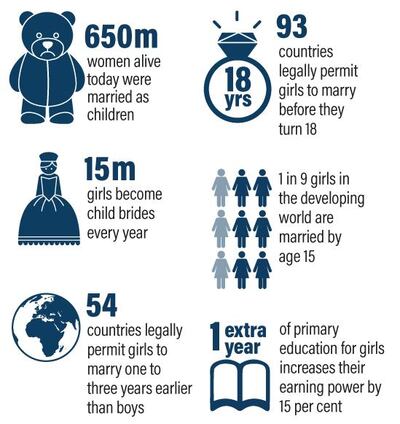
The problem of child marriage is unimaginably vast and truly global. "People sometimes approach the subject with prejudices," says van Oranje. "They think, 'Oh, this must be a Middle East problem,' or, 'This is all about India.' Child marriage is happening all over the world, in all cultures and in all religions."
And while progress is being made – the latest Unicef figures show that, in the past decade, the number of child marriages has fallen in countries such as Ethiopia and India – the problem is not going away. In sub-Saharan Africa, 38 per cent of girls are married by the age of 18. In Bangladesh, 22 per cent are married by the age of 15.
“It’s a warning that we really need to accelerate our efforts if we want to get this under control,” says van Oranje, who has pledged to end child marriage by 2030.
Empowering someone to say 'I don't'
With this in mind, van Oranje has helped launch a new charity called VOW. The wedding industry in the US is worth US$100 billion (Dh367bn) a year and VOW, which has partnered with US brands such as The Knot and Crate & Barrel already, allows couples planning their big day to contribute to the fight against child marriage. There are a number of ways in which they can do this, from choosing items on their gift list that support VOW, to buying a wedding dress from a designer who has pledged to donate a portion of the fee to VOW, such as Alexandra Grecco or Malia Mills.
“How wonderful if we can create a system ensuring that when people say, ‘I do,’ they can also empower a girl somewhere else to say, ‘I don’t,’ or ‘I don’t yet – not until I’m 18,’” says van Oranje. “And I know that weddings in the Gulf can be very big business, so we would be really excited if we could get people there to say: ‘This is something we believe in.’”
The Girls First Fund
The money raised through VOW will go straight to the Girls First Fund, a donor collaborative that supports community-led efforts to end child marriage. This is crucial, since van Oranje believes the way to tackle child marriage is through supporting and educating communities, rather than trying to enforce change. What are the arguments? Who do you want to engage with? One of van Oranje's mantras is: 'Traditions are made by people, so they can also be changed by people.'
The main drivers of child marriage
There are four key factors that drive child marriage: poverty, security, tradition and gender inequality. Van Oranje is adamant that "not one parent in the world wants to harm their daughter", but points out that, for a particularly poor family, marrying off a daughter means there is one less mouth to feed. In addition to this, child marriages are often financial transactions.
In many communities, meanwhile, sex before marriage brings shame on the girl and her family, so it is seen as less of a risk to marry a daughter off before she is sexually active. Tradition also plays a significant part. "Child marriage often happens in rural areas among poorly-educated people, generation after generation," says van Oranje. "No one has considered whether it is a good thing to do."
By far the most significant factor leading to child marriages, though, is gender inequality. In a Ted Talk van Oranje gave in Amsterdam in 2010, she explained that, too often, “girls are seen as a burden” to be dispensed with at the earliest opportunity.
The power of education
While the emotive stories about young girls being married off help to raise awarenessamong some, the most compelling reasons for communities to end child marriage are actually pragmatic and economic. Even one extra year of primary education for girls will increase their earning power by 15 per cent. The more girls who are allowed to complete their education, the more money the community will earn. "It is not only the girl who benefits," says van Oranje. "In the end, the whole country will be better off.
"The World Bank recently did a study and [showed that] if you end child marriage, it would have an impact of trillions, not billions, on the world economy. A poor country such as Bangladesh would immediately receive a boost of $6bn per year. These numbers are huge."
Van Oranje has visited communities around the world that have seen the benefits of ending child marriage. She says people told her: "We thought we were doing the right thing by having our daughters married at the age of 14 but we have decided we're no longer going to do that and we are all better off." Van Oranje pauses, then adds: "It is magical when you see that happen."
The Theory of Change
Girls Not Brides has a four-part 'Theory of Change', a template to create tangible shifts in communities: empower girls; mobilise families and communities; provide services; establish and implement laws and policies.
And it is working. As more girls are empowered, change surely follows. Van Oranje explains how two Zimbabwean girls, aged 15 and 16, went to court over the country's failure to enforce the law stating that marriages involving girls under the age of 18 are illegal. "That created a whole new momentum in the country," she says.
Or take Sonita Alizadeh, the Afghan girl who managed to avoid a child marriage and now makes powerful rap music about the subject. "I scream to wake up / for a woman's life is in chains," Alizadeh says on Brides for Sale, which has more than a million views on YouTube.
"You hear these wonderful stories and see what changes can be made when girls are empowered," says van Oranje.
Girls Not Brides and VOW will continue to work until these stories are no longer needed. “Every little donation matters,” says van Oranje. “Together we can be the generation that created a world without child marriage.”
More information about VOW is at www.vowtoendchildmarriage.org.
______________
Read more:
World's least safe airlines 2019 revealed
Egyptian playwright Dalia Basiouny: the #MeToo movement is hurting women in Egypt
Emi Mahmoud: the poet changing the way we think about Darfur
______________
